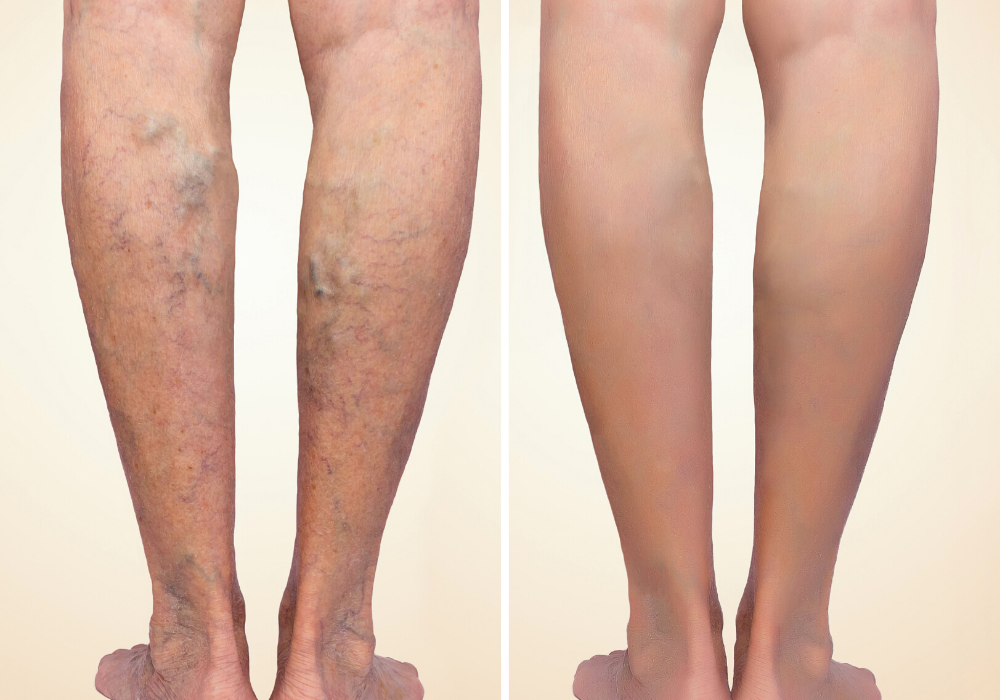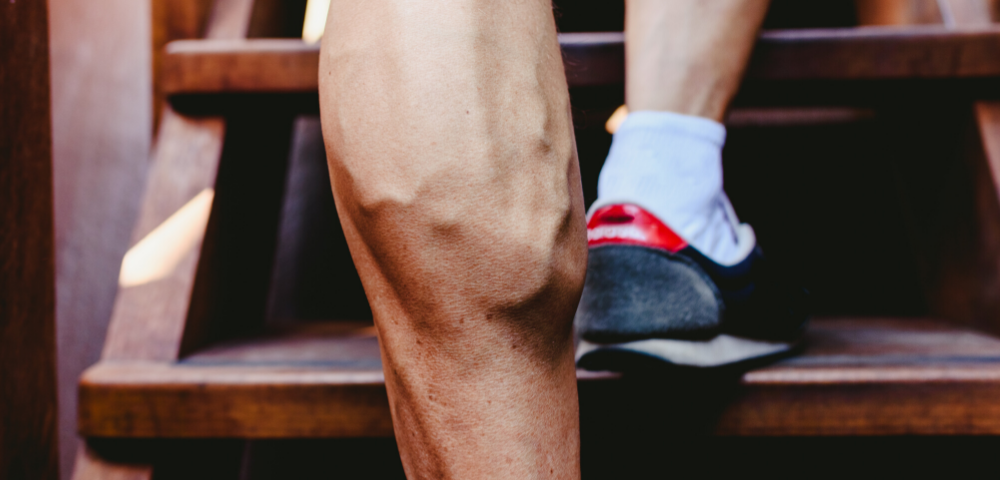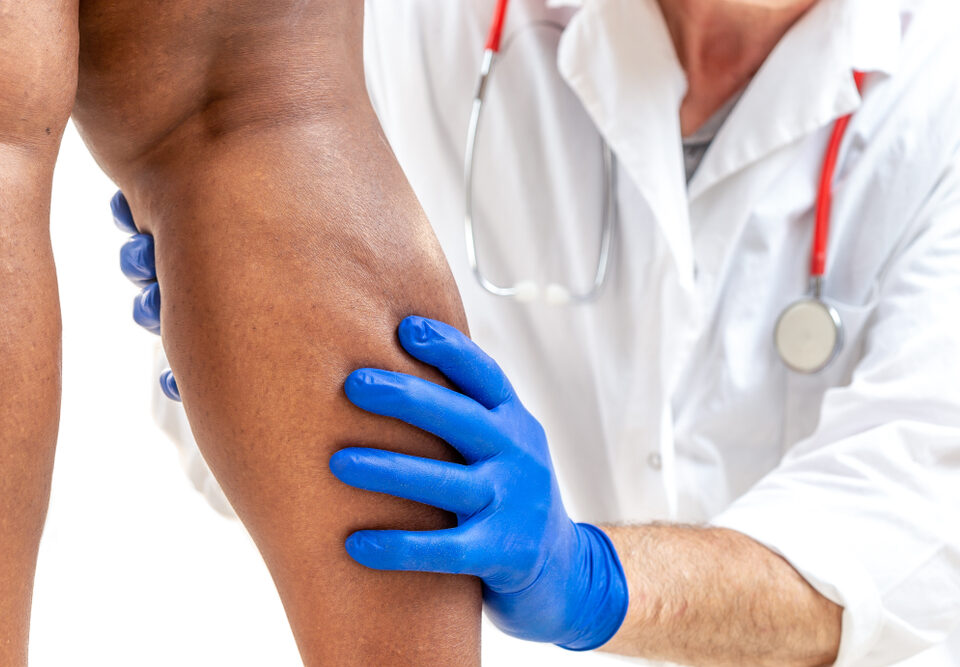
The Best Treatments for Varicose Veins in Columbia, MD
May 19, 2020
The 411 on Sclerotherapy for Spider Veins in Columbia, MD
May 19, 2020Vein Disease Maryland
Vein health is essential to your overall well-being, so it’s important to learn about the different stages of vein disease.
From early signs to advanced symptoms, keep reading for a deeper dive into the different stages of vein disease.
Risk Factors
There are many risk factors to indicate that you may be more prone to vein disease.
These risks include the following:
- You are age 50 or older
- You are pregnant
- You are overweight
- You sit or stand for long periods of time
- You are a smoker
- You have a family history of vein disease
Early Signs of Vein Disease
Spider veins are generally the first signs of vein disease.
These are small web-shaped blood vessels which can appear close to the surface of your skin without being raised.
Varicose veins can also indicate potential for future vein disease.
These veins can become raised and mangled, and may cause discomfort in your legs.
Advancing Vein Disease Symptoms
If you ignore the early signs of vein disease, your symptoms may advance which can make it hard to adequately treat through medication or leg-rest.
Untreated varicose veins can lead to discoloration in the skin as well as swelling and pain.
In some cases, you may even develop sores on your legs which take a while to heal and may be reoccurring.
If your blood flow has been impacted long enough, you will likely develop leg ulcers which can be debilitating and painful in nature.
These ulcers introduce even more risk as they encourage bacteria growth in your legs.
If ignored, vein disease can wreak havoc on your lymphatic system.
The Different Stages of Vein Disease
If you believe you may have identified signs of vein disease, it is important that you contact your doctor immediately.
At The Vein Center of Maryland, our team of vein experts are board certified and ready to help address all of your vein issues.
Contact our office online or call us today at (410) 970-2314 to schedule a consultation.



